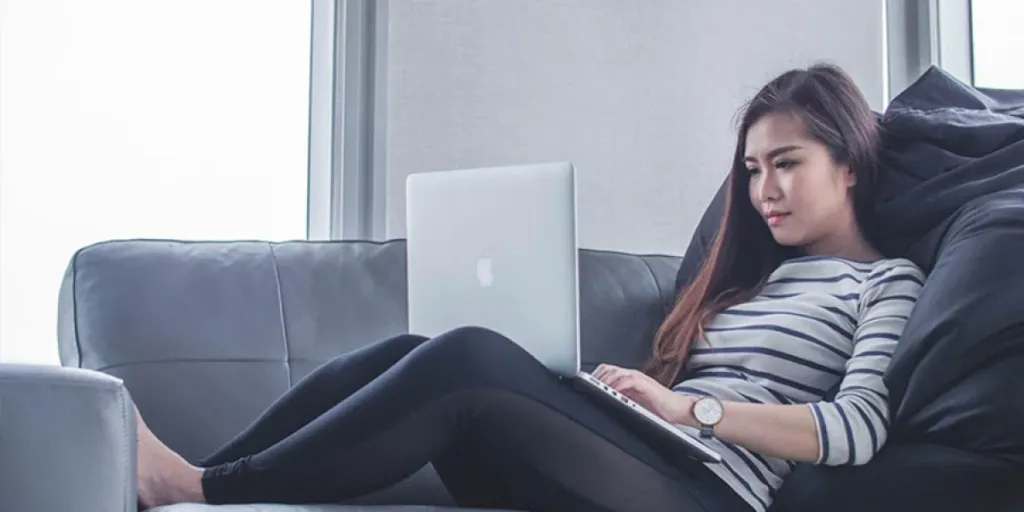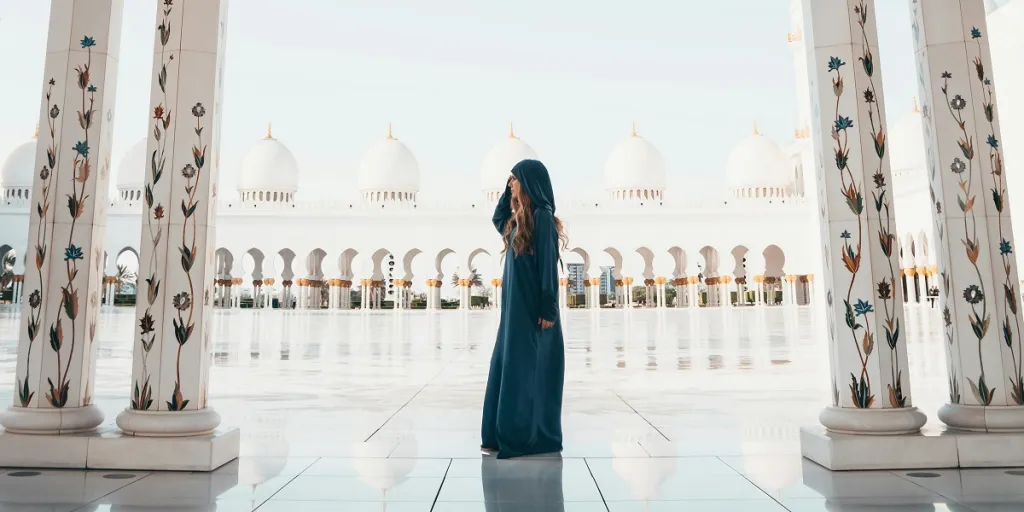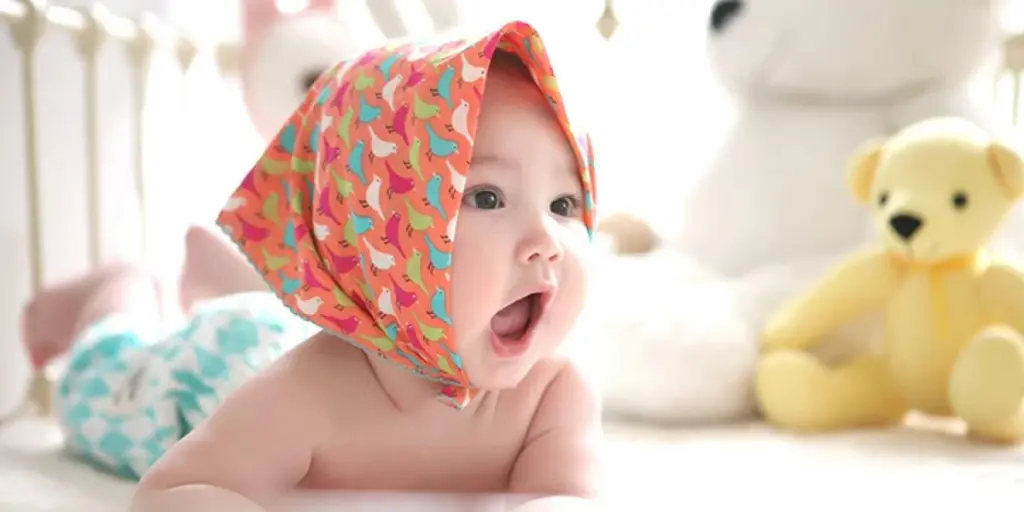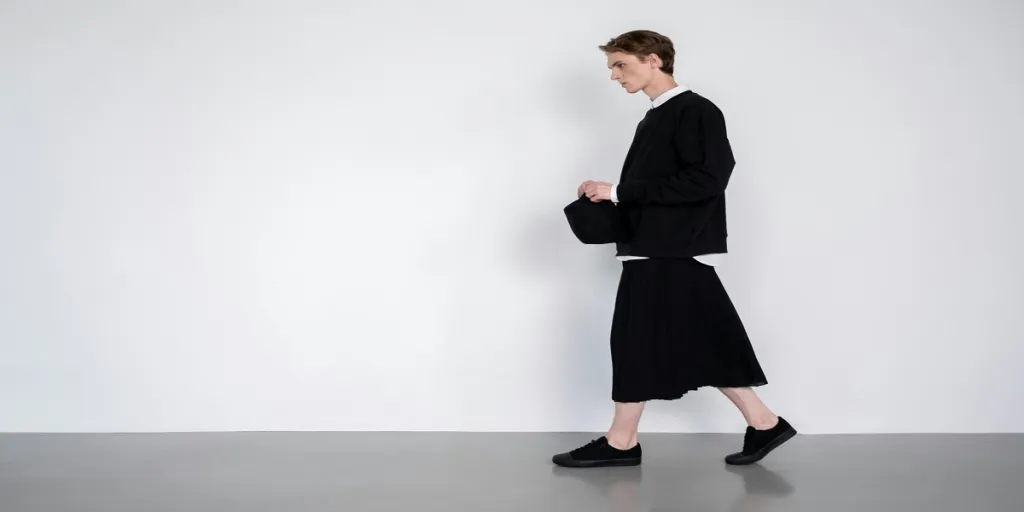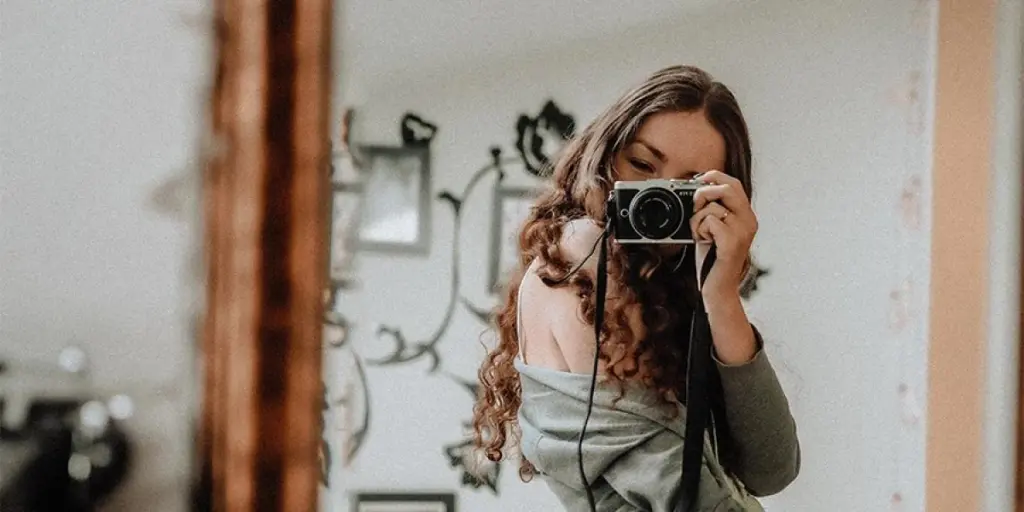The past two years have upended life as we know it. What has resulted is the acceleration of at-home trends as a significant proportion of populations across the globe had to either work or study remotely.
One of the industries impacted by these changes has been the fashion industry. Significant shifts have been seen in consumer preferences for comfort, and consumer buying patterns are inclining toward at-home fashion to suit growing “homebody lifestyles.”
In this article, we’ll take a look at top fashion-at-home trends that will influence fashion in 2022. We’ll explore the key drivers behind these trends and share insight on how fashion wholesalers and retailers can update their product catalogs to ensure they are in line with shifting consumer preferences.
Table of Contents
Overview of the fashion-at-home market
5 top fashion-at-home trends
“Homebody fashion” for “homebody lifestyles”
Overview of the fashion-at-home market
A growing preference for comfort has become one of the main driving forces fueling the growth of the homewear market. Consumers showed increased interest in the comfortability of their clothing, and this has brought a number of major trends such as athleisure to the forefront of fashion choices.
While clothing sales on the whole saw a sharp decline (dropping by an unprecedented -78.8%), the loungewear category actually saw high demand. More and more people were looking for clothes that would be versatile enough to allow wearers to look put-together enough for virtual meetings, yet comfortable enough for all-day wear.
The athleisure sub-category specifically is projected to see a significant boom. Its overall global revenue reached an estimated US$ 414 billion in 2019, and this is expected to grow to reach US$ 570 billion in 2023. This shows highly positive prospects for the fashion-at-home category at large.
5 top fashion-at-home trends
Let’s now take a look at the specific fashion-at-home trends that will be popular in 2022 and beyond. This list of fashion-at-home trends has been compiled using data around fashion trends and products that have shown consistent or upward-trending growth as reported by WGSN’s fashion retail research.
Fitness wear
Fitness wear and athleisure have grown in popularity over the past few years, moving from niche fashion to the mainstream as a result of accelerated adoption due to lockdown measures. A growing number of consumers are seeking out multifunctional wardrobes that will enable them to maintain style, comfort, and performance in their clothing.
This trend has resulted in consumers incorporating activewear to their core wardrobes (a pair of leggings, yoga pants, crop tops, bodysuits, etc.), and pairing these with other traditional wardrobe items such as denim jeans, dresses, and formal pieces.
Athleisure styles such as the textured bodice are popular as they are seamlessly cut and made from nylon and elastic fibers. This produces ergonomically fitted tops that offer a comfortable look that has adequate compression and support.

Other popular styles within this trend include the fashion bodysuit which borrows its style from popular fashion and also incorporates futuristic avant-garde styles.

Smart-line or lined leggings will also continue to be popular as they combine ergonomics with utility and aesthetics. The same goes for high-pressure performance leggings that come with compression, support, and flexibility.
To maximize on trends within athleisure, businesses should go for options made from sustainable materials such as recycled elastic and regenerated nylon. This will allow them to tap into the growing segment of consumers keen on extending their sustainable lifestyles to their fashion choices.
The house dress
The house dress is the dressed down version of the going-out dress, but it gets its stay-in details from sleepwear. This at-home dress is largely a reaction to consumer sentiments of growing fatigue from sweatsuits as the stand-in for comfort.
The dress allows generous comfortable silhouettes but does not have the ultra-casual lounging connotations that some consumers are growing weary of.
Taking its inspiration from luxe sleepwear, the house dress does not come with obtrusive surface embellishments, but can be designed with unobtrusive neckline details, fastenings, and straps that add a luxurious touch.

Designs made from natural elements, fine-count organic cotton, and recycled FSC cellulosics make the fashion piece both luxuriously indulgent and comfortable, while maintaining the sustainable edge.
The lounge short
The lounge short is another trend that will be popular in 2022 as it offers comfort, versatility, and elevates homewear in a way that stylishly turns indoor fashion into outdoor fashion. This style is particularly popular because it is utilitarian and highly prioritizes comfort.
The upcoming summer weather will trigger the need for a comfortable alternative to sweatpants. The lounge short draws from bold prints as well as pajama-dressing, and combines these elements to produce bright and colorful pieces that also act as alternatives to tie-and-dyes.
As is the case with the other trends, the lounge short puts comfort at the forefront, and also incorporates utilitarian features such as the self-belt that is reminiscent of swimwear shorts.

These shorts can also be dressed up when tailored with pleats, luxe prints, cotton canvas, and luxurious silks.
The two-mile bodysuit
Just like the house dress, the two-mile bodysuit is a response to loungewear fatigue while maintaining comfort as a top priority. Loungewear is no longer merely worn for comfort at home, and what has been dubbed the “two-mile fashion” trend is pushing this even further.
Two-mile fashion integrates elements from activewear, but its looks focus on both comfort and stylishness. The two-mile bodysuit is particularly designed as a layering piece that has multi-wear potential.

Instead of adding a waistline, the design can have a shifted seam so that it fits seamlessly with different body shapes and sizes.
Another key feature of the two-mile bodysuit is its body-inclusive ideals as it comes as a solution for a range of consumers seeking comfortable clothes and flexible outfits. The two pillars of comfort and stretch are key elements of body-inclusive clothing. To offer even more support, retailers can go for options made from heavy jersey and tight-knit materials.
The couch-to-class sweater
The couch-to-class sweater is back-to-school dressing with an at-home twist. It takes inspiration from “dormcore” dressing and shifts this toward the emerging at-home learning lifestyle by adding casual, layered pieces such as sweaters.
Even as some segments of the population remain in various stages of lockdown, seasonal outerwear is still being sought out. The couch-to-class sweater is a solution for this in that it offers versatile knitwear that can be easily layered up or down for casual indoor-to-outdoor dressing.
Beyond summer, an interest in bright colors will continue into fall. In particular, unique and vibrant styles such as tie-dye, psychedelic, and mushroom prints will bring life to this unique back-to-school outerwear. Retailers can also opt for the boxy sweater silhouette, which is both playful and cozy.
“Homebody fashion” for “homebody lifestyles”
At-home fashion is here to stay as consumers realize that their pursuit of comfort does not have to be limited to pieces worn indoors but can be achieved through indoor-inspired outdoor pieces that are cozy, casual, and at times, playful.
The following five stand out as top trends and style pieces for fashion wholesalers and retailers to consider when updating product catalogs:
- Fitness wear
- The house dress
- The lounge short
- The two-mile bodysuit
- The couch-to-class sweater
“Homebody lifestyles” are growing and consumer preferences are influencing fashion spending in line with clothing that prioritizes comfort and multi-functionality while maintaining stylishness. Offering the five trending fashion-at-home styles will allow businesses in the fashion industry to capitalize on the booming category.
